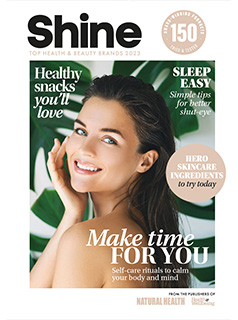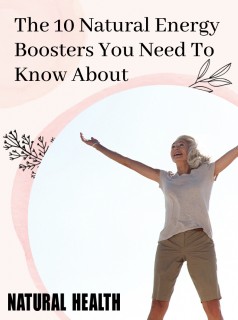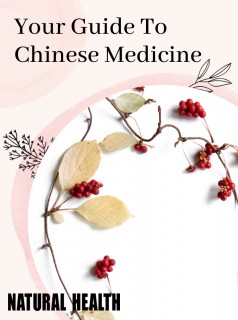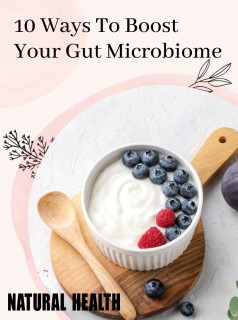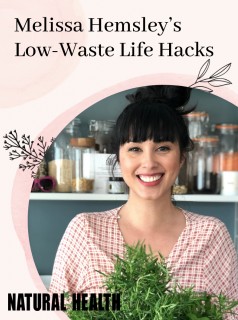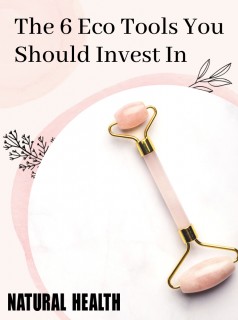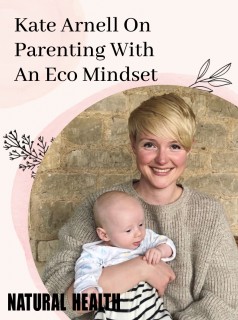Legumes have shed their hippy image and become a part of every fashionable chef’s menu – here our experts divulge their amazing health benefits
Legumes have shed their hippy image and become a part of every fashionable chef’s menu – here our experts divulge their amazing health benefits
Lentils
These tiny treats are a nutritional powerhouse and a great source of protein, says Ian Marber
Lentils are a wonderfully rich source of fibre and protein yet they are naturally low in fat. Fibre has many roles, ranging from lowering cholesterol to helping keep energy levels consistent and cutting cravings for unhealthy foods. Lentils are also a great source of minerals and B vitamins, notably folate which is the dietary form of folic acid and so ideal in a pre-pregnancy nutrition plan. They also have an impressive protein content – almost as much as soybeans. And, they are an excellent way for vegetarians to get protein without unnecessary fat.
However, they are not considered a complete protein as they lack two of the essential amino acids and so it’s best to eat them alongside a protein-rich grain such as quinoa to benefit from the full range of amino acids. Lentils come in various colours, black and red being the most popular in the UK. They are easy to cook and unlike many other legumes they do’t require soaking before use. Try cooking them with a little vegetable or chicken stock improves the flavour.
Pulses are excellent foods for people managing their diabetes, heart or coeliac disease
DID YOU KNOW?
A study found that those of us who eat pulses four or more times a week have a 22 per cent lower risk of coronary heart disease than those who ate pulses less than once a week.
How to cook them: Chickpeas
Get creative with this healthy Mediterranean favourite, says Antony Worrall Thompson
Chickpeas are a dietary staple in countries such as Spain, Italy and Greece, but the average Brit is unlikely to have embraced chickpeas other than as hummus or falafels. They are naturally high in fibre making them a healthy source of carbohydrates for diabetics. Plus, they are low in fat and are a source of zinc, folate and protein.
VEGETABLE SIDE:
Preheat a griddle, slice three courgettes lengthways and brush with olive oil.
Cook for one or two minutes each side, season and arrange.
Scatter the courgettes with 50g of crumbled goa’s cheese, two diced and seeded tomatoes, and 200g of chickpeas.
Drizzle with olive oil, sprinkle with one tablespoon of chopped mint, zest of one lemon and half a teaspoon of dried chilli flakes.
Finally drizzle with juice of the lemon and season to taste.
TUNISIAN SOUP:
In a saucepan, mix together over a medium heat: one litre of vegetable stock, 400g of chickpeas, two teaspoons of harissa, two teaspoons of ground cumin, one teaspoon of ground coriander and half a teaspoon each of turmeric and salt.
Simmer gently for 15 minutes.
Lower four free-range eggs into a pan of boiling water for four minutes, then plunge into cold water.
Peel and leave whole.
Place the eggs and three slices of country seeded bread (crusts removed and broken into small pieces) warm bowls.
Add to the pan of soup: four tablespoons each of chopped coriander, parsley and spinach.
Add one tablespoon of chopped capers and gherkins, warm through and ladle over the egg and bread.
Antony Worrall Thompson is one of the UK’s top restaurateurs and TV chefs
Carin’s FACT FILE: Red kidney beans
Eat this type of pulse and you’ll optimise your wellbeing, says Carina
Kidney beans gain their colour from plant pigments called anthocyanins which act as powerful antioxidants, protecting our cells from damaging free radical molecules, and reducing our heart disease and cancer risk. A study from the Department of Agriculture measured the antioxidant capacities of more than 100 common foods and found red kidney beans ranked in the top category.
They are also rich in folic acid which, as well as helping to prevent neural tube defects such as spina bifida in babies when taken by the mother during pregnancy, are also associated with the lowering of a heart risk marker called homocysteine. A 150g serving of cooked beans provides 63 micrograms of folic acid, approximately one-third of a woma’s daily requirements.
The fibre content in the beans includes both the insoluble kind that helps keep our digestive system moving, and also soluble fibre that can lower blood cholesterol.
Kidney beans are also useful sources of magnesium, calcium, potassium and iron.
Raw or dry red kidney beans contain dangerous toxins which must be removed by proper cooking. Soak them in cold water for at least eight hours, then drain and rinse. Bring to the boil in fresh water and boil for 10 minutes to destroy the toxins, then simmer for 45 – 60 minutes until cooked.
Dr Carina Norris is health writer and nutritionist. Her latest book is called The Food Manual (£17.99, Haynes).
Article by
Ian Marber
Principle Nutrition Consultant
Nutrition consultant, founder of The Food Doctor but independent since 2011
Discover more
Article by
Ian Marber
Principle Nutrition Consultant
Nutrition consultant, founder of The Food Doctor but independent since 2011
Discover more


 By Ian Marber
By Ian Marber 



